The post Photographer’s Dress Code: What to Wear to a Photoshoot appeared first on Digital Photography School. It was authored by Suzi Pratt.

As a budding photographer, one of the biggest questions that will eventually come to mind is, “What should I wear to a photoshoot? Is there a photographer’s dress code?”
In truth, the answer varies widely – depending on the type of photoshoot you’re conducting, the specific client you’re working with, your overall style and brand as a photographer, and the culture of the region where you’re shooting.
A portrait photographer, for example, may have more flexibility in how they dress compared to a corporate event photographer. Similarly, a photographer shooting on the West Coast of America will likely be able to dress more casually than an East Coast photographer.
That said, here are some general photographer dress code guidelines you can use to get started.

1. Invest in a solid, comfortable pair of shoes
Regardless of what kind of photoshoot you’ll be conducting, start with shoes. Consider that you’ll likely be standing for hours on end, so comfort and ergonomics are key.
Also, think about the terrain you might encounter during your shoot, and think about the seasonal weather. Will there be grassy fields, sandy shores, or other outdoor elements you might walk into? If so, shoes that can take a light beating and still look good will be of utmost importance.
As a female photographer who shoots mainly for corporate clients, I generally opt for black leather flats during the warm season, black leather boots for colder weather, and dressy black leather sneakers for extra long shoots with outdoor elements. In any case, try to stay away from sandals, high heels, and flip flops.

2. Cover up
As a photographer in constant search of creative angles, consider your possible physical maneuvers, such as bending, stooping, and squatting, then dress accordingly.
Make sure to wear an outfit that will allow you to be physically flexible without giving your clients an eyeful, or worse yet, causing a wardrobe malfunction.
Ladies, this means avoiding low-cut tops, ultra-short skirts and dresses, and skimpy outfits. At the very least, bring a blazer or sweater to cover up. Gentlemen, don’t forget a belt and a longer shirt that can be tucked in.
3. Dress in all black
This is a contestable point, as it can also be argued that dressing according to your brand is a better strategy. However, it’s a general rule of thumb that wearing all black is best for a photoshoot.
Why? Black ensures you won’t stand out and take attention away from the main subject. Not to mention that dressing in all black makes you look more official – like a staff member – which can be helpful in navigating around a venue.
Personally, I opt for the all-black rule for my photoshoots, simply because a pre-assembled uniform gives me one less thing to worry about. My uniform consists of mixing and matching from the following selection: one pair of black skinny jeans, one pair of black slacks, a black leather belt, several button-down black blouses, several black polo shirts, and a black blazer. Whenever possible, I try to buy my black clothing in lightweight, moisture-resistant fabrics rather than cotton to avoid sweat absorption.
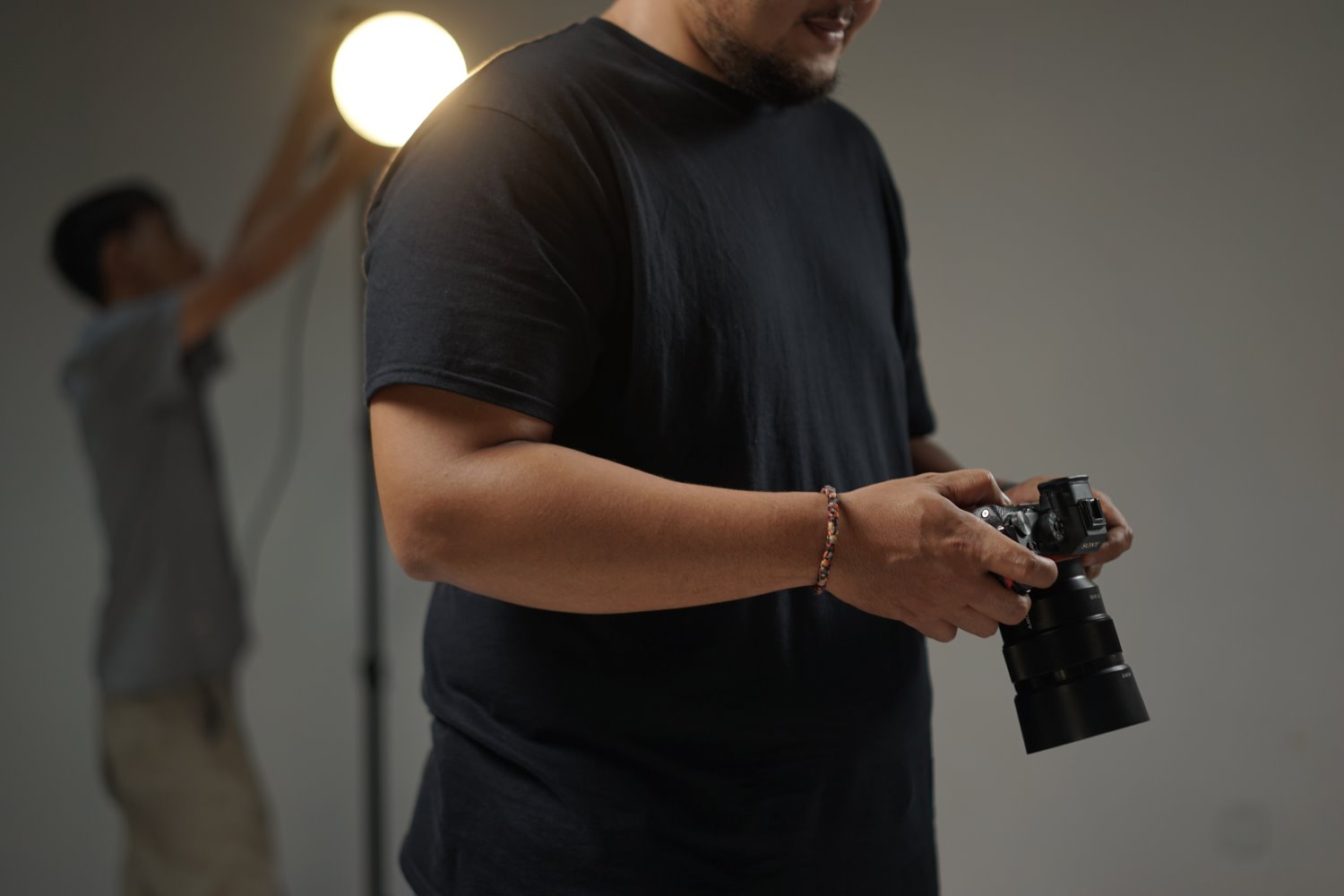
4. Add a personal touch
Some photographers might contest the above point of dressing in all black with the argument that it’s important to dress according to your brand. This is something I definitely believe in as well, but you can infuse brand elements into your style of dress while wearing all black.
For example, I always make sure to wear a few pieces of statement jewelry to accent my outfit and serve as a conversation starter. I have a couple pairs of unique earrings, necklaces, and watches that almost always attract comments or questions, but they are small enough that they don’t stand out too much.
Another idea is to custom-order black clothing that has your logo on it, such as a polo shirt with a subtle branding element. A photography colleague of mine has done this with huge success; it further reinforces his brand while also making him look and appear more official at photoshoots.

5. When in doubt, ask
If you’re truly stumped on what to wear to a photoshoot, ask your client if they have any preferences. This is likely less important if you’re doing an intimate portrait session, but for event photographers in particular, it never hurts to ask the client.
I once had a corporate photography client who forgot to send over their two-page document detailing their dress code for photographers. Had I not asked, I would never have received proper instruction.
At the very least, it’s important to find out if the dress code for your shoot is formal, semi-formal, or casual, and what exactly those terms mean to the client.

What to wear to a photoshoot: conclusion
To some photographers, what you wear to a photoshoot may not seem like a big deal. But I firmly believe that how you dress is a reflection of your brand, so considering every element of your outfit is crucial.
Now over to you:
What do you wear when you’re conducting photoshoots? Do you have any photography dress code tips? Let me know in the comments below!
The post Photographer’s Dress Code: What to Wear to a Photoshoot appeared first on Digital Photography School. It was authored by Suzi Pratt.










































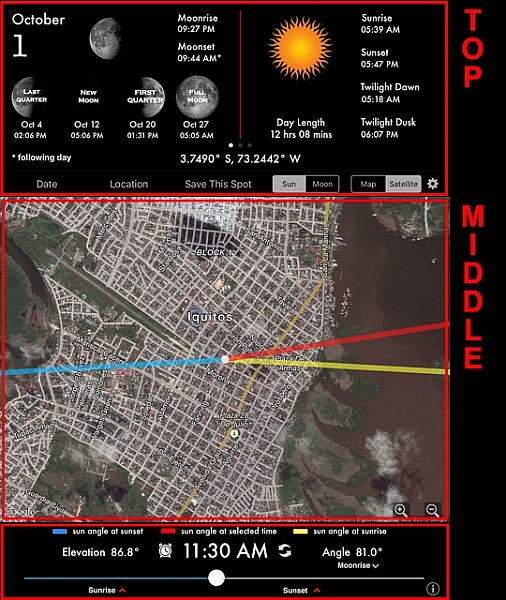
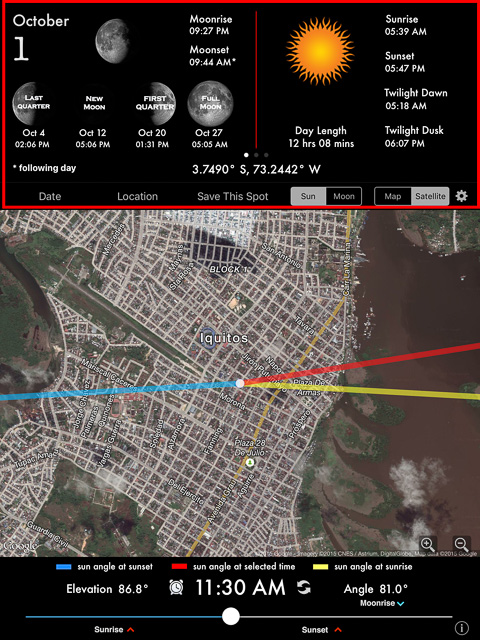
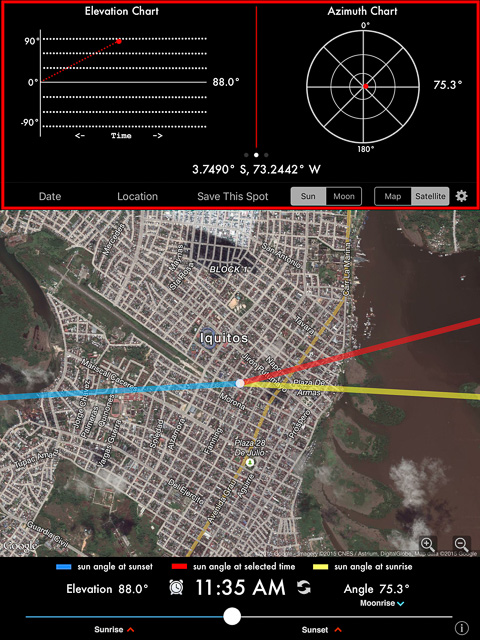
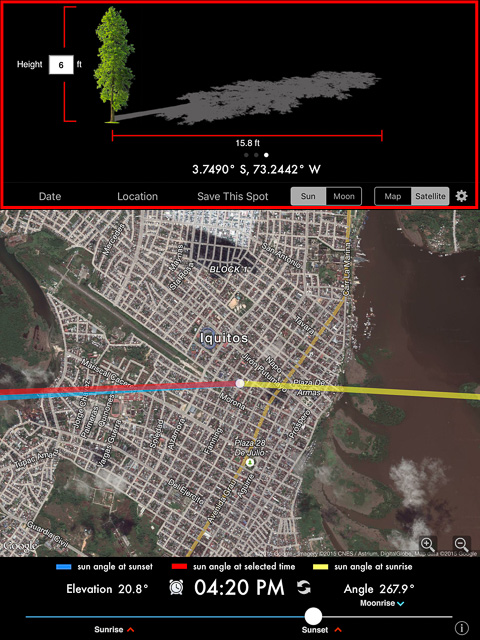


You must be logged in to post a comment.